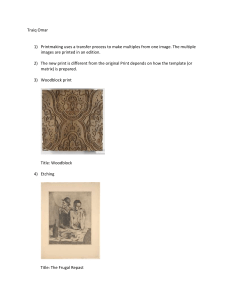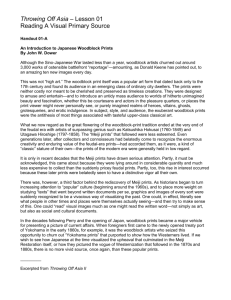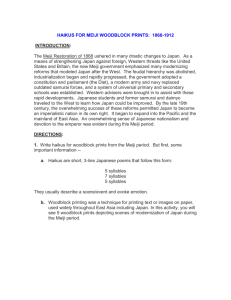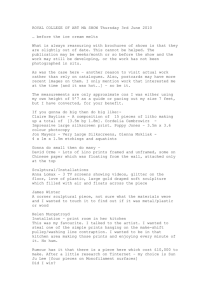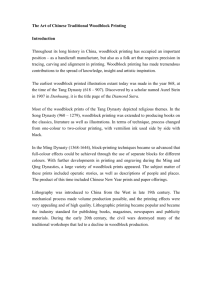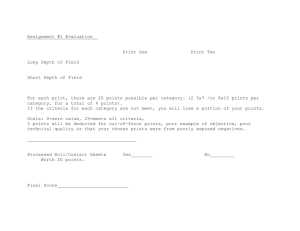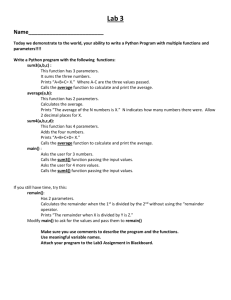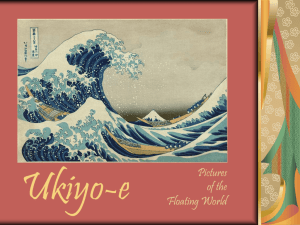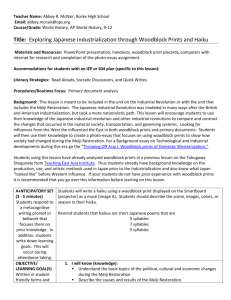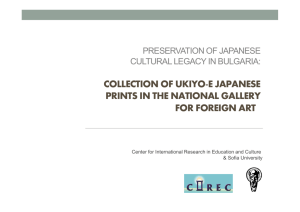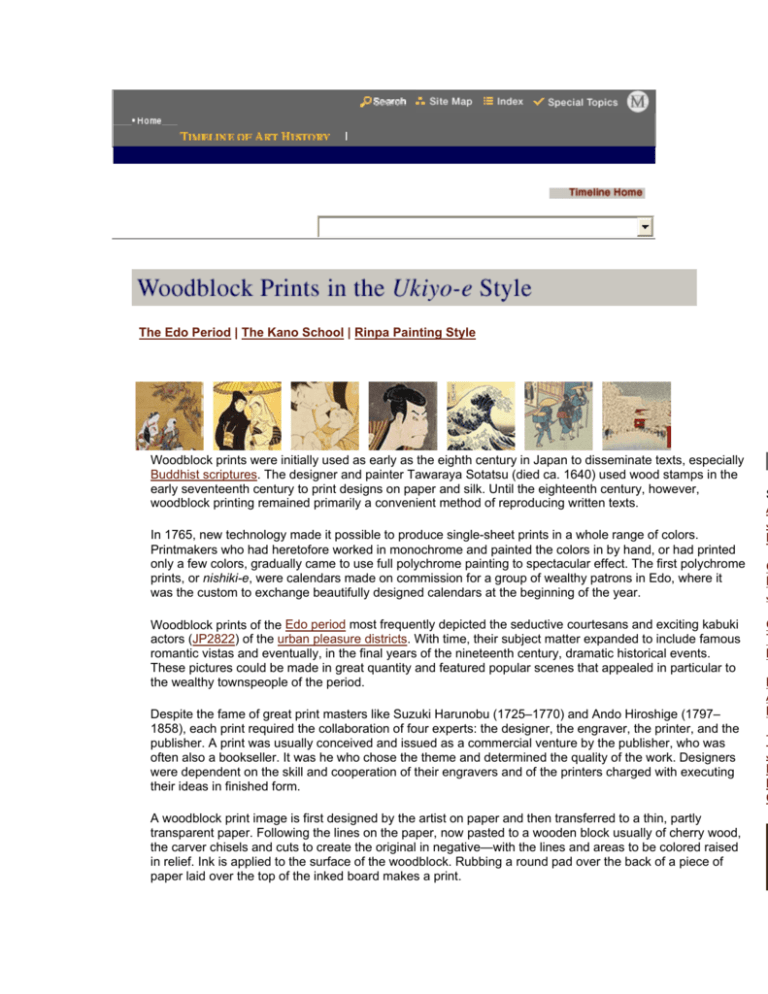
The Edo Period | The Kano School | Rinpa Painting Style
Woodblock prints were initially used as early as the eighth century in Japan to disseminate texts, especially
Buddhist scriptures. The designer and painter Tawaraya Sotatsu (died ca. 1640) used wood stamps in the
early seventeenth century to print designs on paper and silk. Until the eighteenth century, however,
woodblock printing remained primarily a convenient method of reproducing written texts.
In 1765, new technology made it possible to produce single-sheet prints in a whole range of colors.
Printmakers who had heretofore worked in monochrome and painted the colors in by hand, or had printed
only a few colors, gradually came to use full polychrome painting to spectacular effect. The first polychrome
prints, or nishiki-e, were calendars made on commission for a group of wealthy patrons in Edo, where it
was the custom to exchange beautifully designed calendars at the beginning of the year.
Woodblock prints of the Edo period most frequently depicted the seductive courtesans and exciting kabuki
actors (JP2822) of the urban pleasure districts. With time, their subject matter expanded to include famous
romantic vistas and eventually, in the final years of the nineteenth century, dramatic historical events.
These pictures could be made in great quantity and featured popular scenes that appealed in particular to
the wealthy townspeople of the period.
Despite the fame of great print masters like Suzuki Harunobu (1725–1770) and Ando Hiroshige (1797–
1858), each print required the collaboration of four experts: the designer, the engraver, the printer, and the
publisher. A print was usually conceived and issued as a commercial venture by the publisher, who was
often also a bookseller. It was he who chose the theme and determined the quality of the work. Designers
were dependent on the skill and cooperation of their engravers and of the printers charged with executing
their ideas in finished form.
A woodblock print image is first designed by the artist on paper and then transferred to a thin, partly
transparent paper. Following the lines on the paper, now pasted to a wooden block usually of cherry wood,
the carver chisels and cuts to create the original in negative—with the lines and areas to be colored raised
in relief. Ink is applied to the surface of the woodblock. Rubbing a round pad over the back of a piece of
paper laid over the top of the inked board makes a print.
S
A
J
E
G
D
J
G
T
K
M
A
B
T
J
P
B
C
Polychrome prints were made using a separate carved block for each color, which could number up to
twenty. To print with precision using numerous blocks on a single paper sheet, a system of placing two cuts
on the edge of each block to serve as alignment guides was employed. Paper made from the inner bark of
mulberry trees was favored, as it was strong enough to withstand numerous rubbings on the various
woodblocks and sufficiently absorbent to take up the ink and pigments. Reproductions, sometimes
numbering in the thousands, could be made until the carvings on the woodblocks became worn.
Asian Art: Features & Exhibitions; Permanent Collection; Online Resources (links); Books in the Met Store
Timeline Site Map
Index
About the Timeline
Navigating the Timeline
Photocredits
Home | Works of Art | Permanent Collection | Features | Timeline of Art History | Explore & Learn | The Met Store | Membership | Support the Met | V
Calendar | The Cloisters | Concerts & Lectures | Educational Resources | Events & Programs | FAQs | Special Exhibitions | My Met Museum | News
Now at the Met | MuseumKids
Photograph Credits
Copyright © 2000–2005 The Metropolitan Museum of Art. All rights reserved. Terms and Conditions | Privacy Policy.

